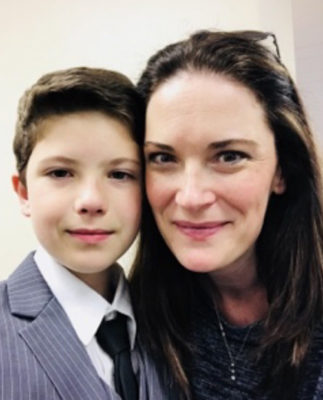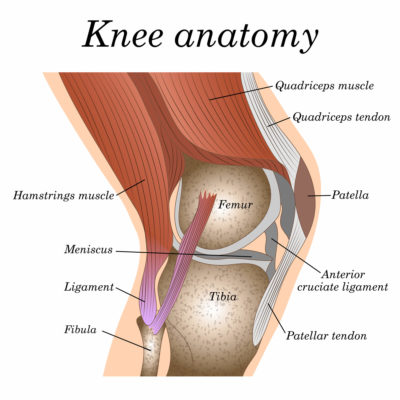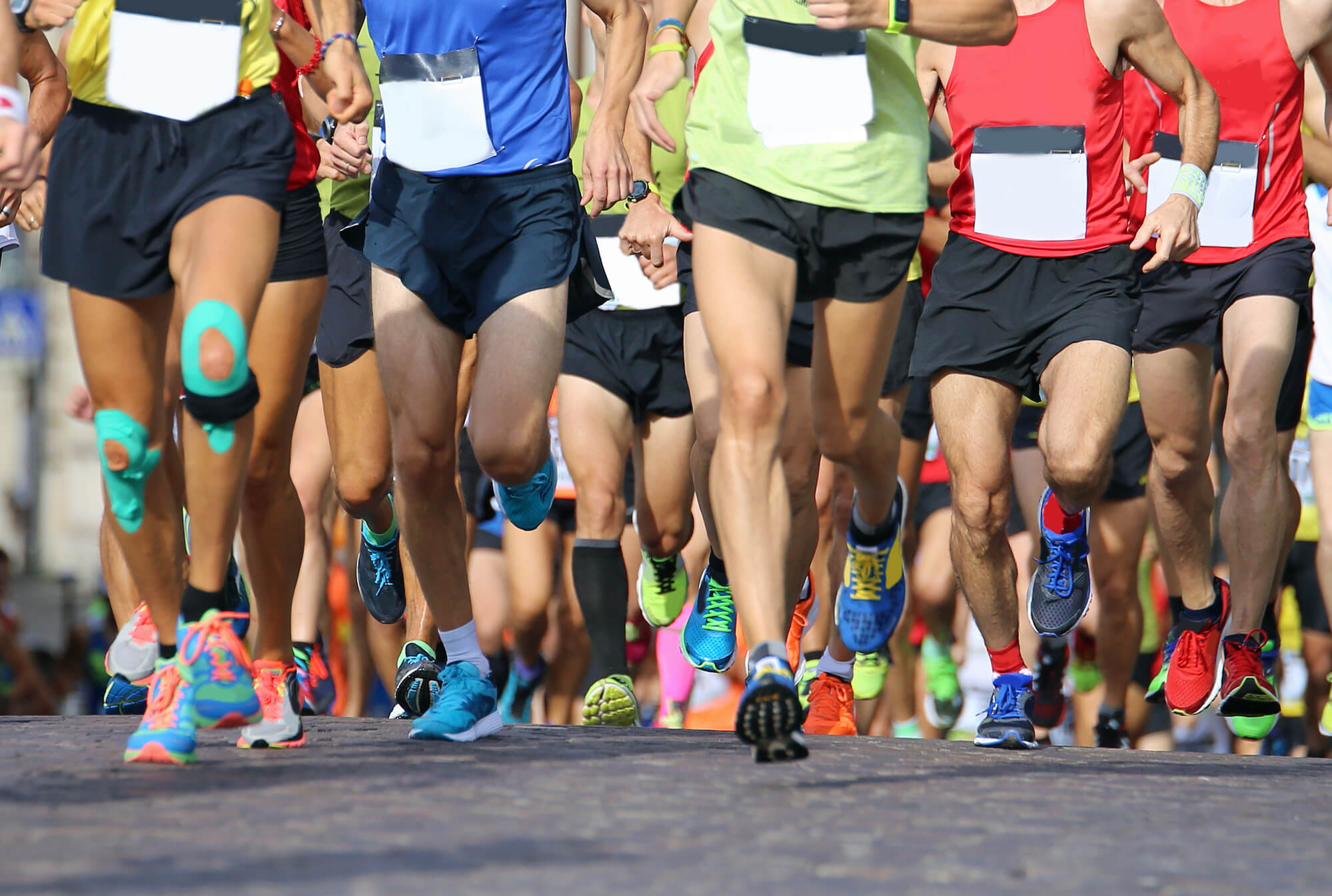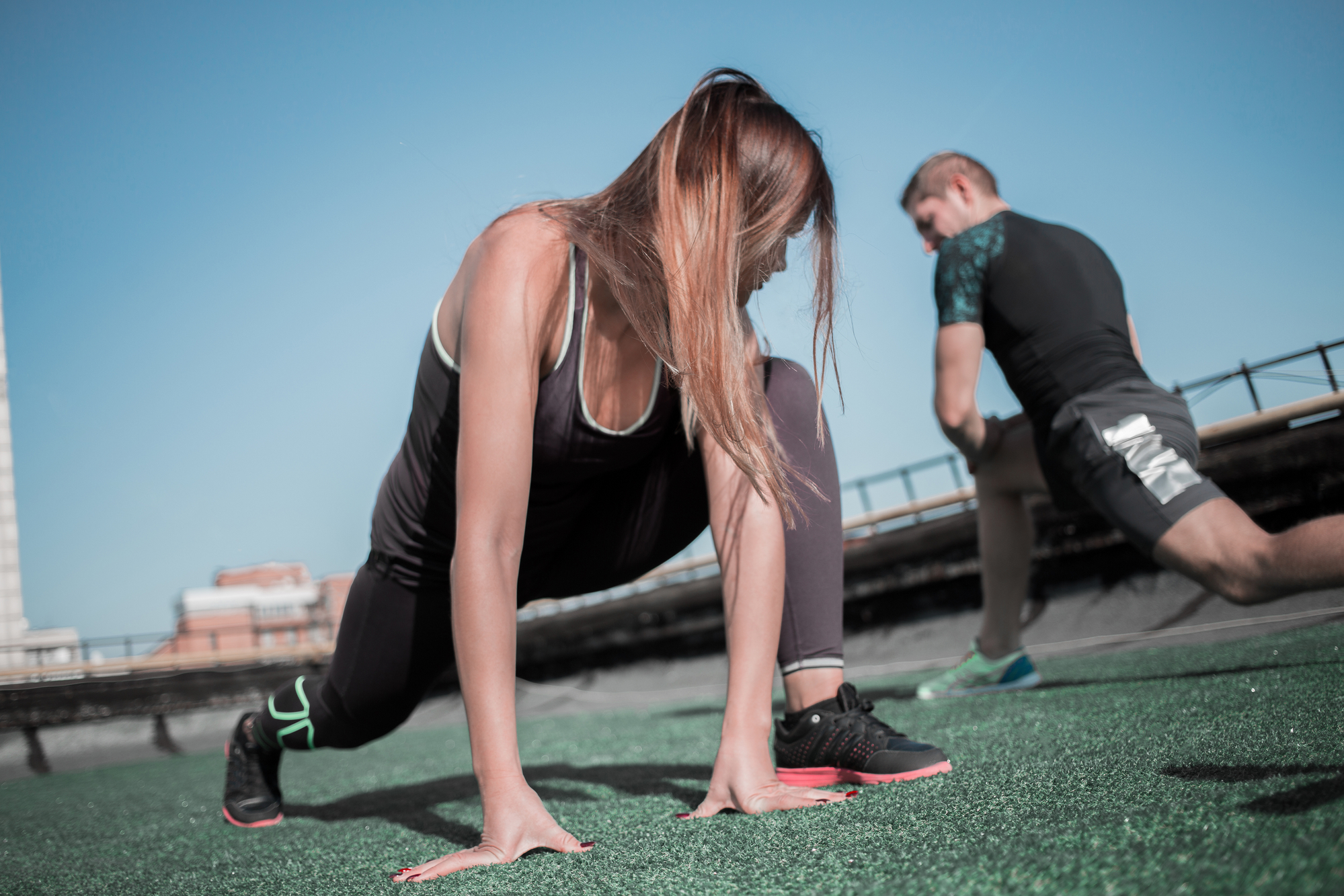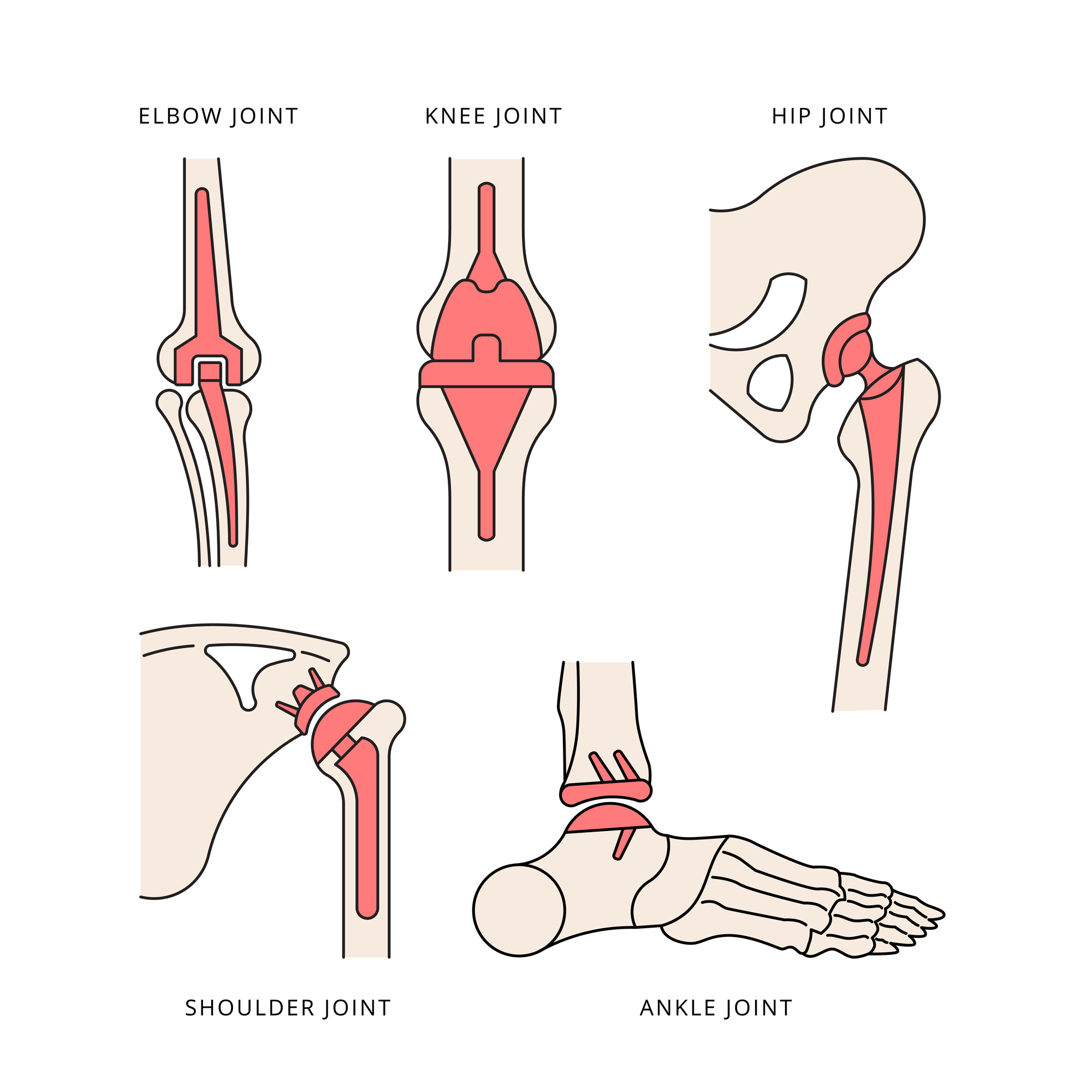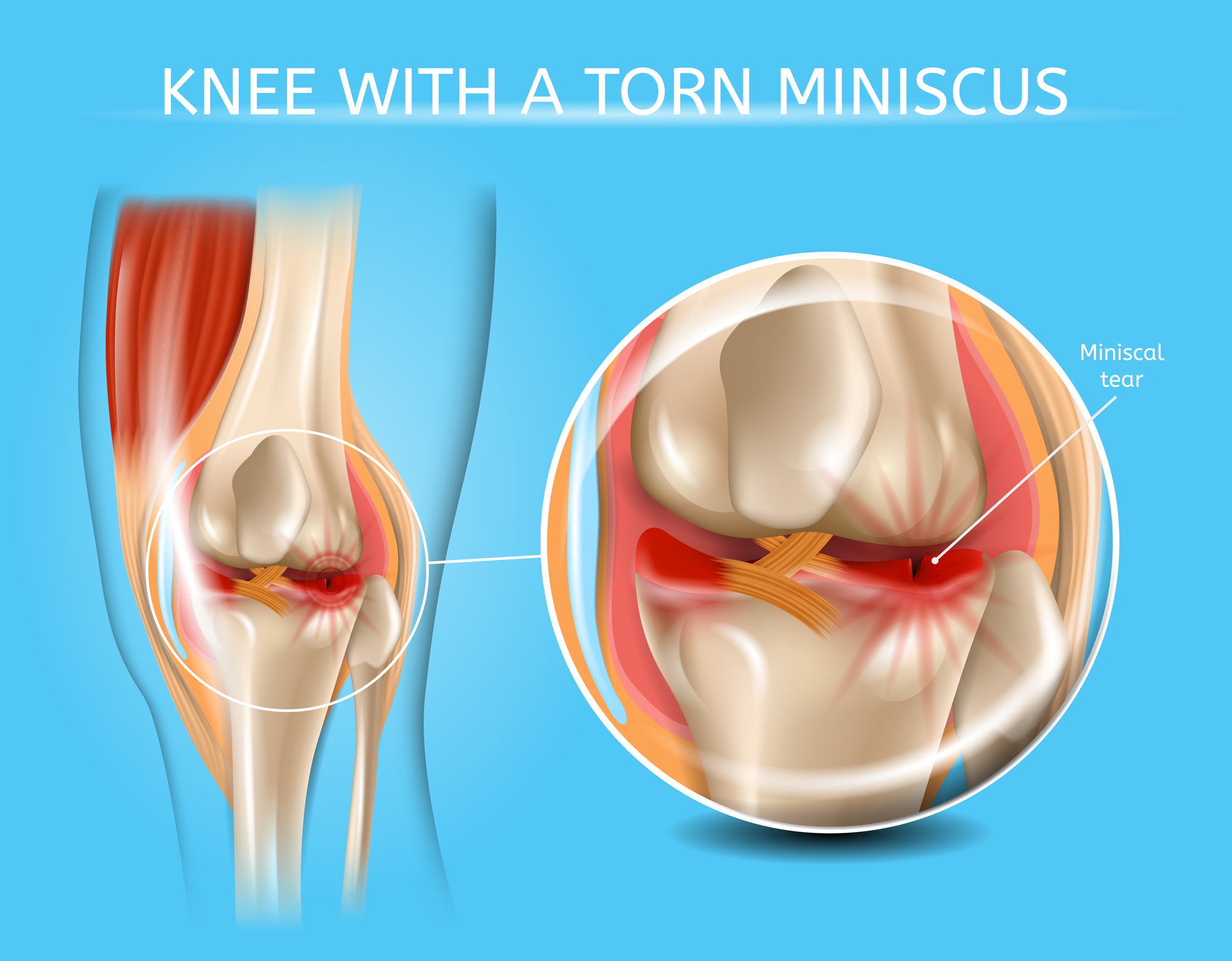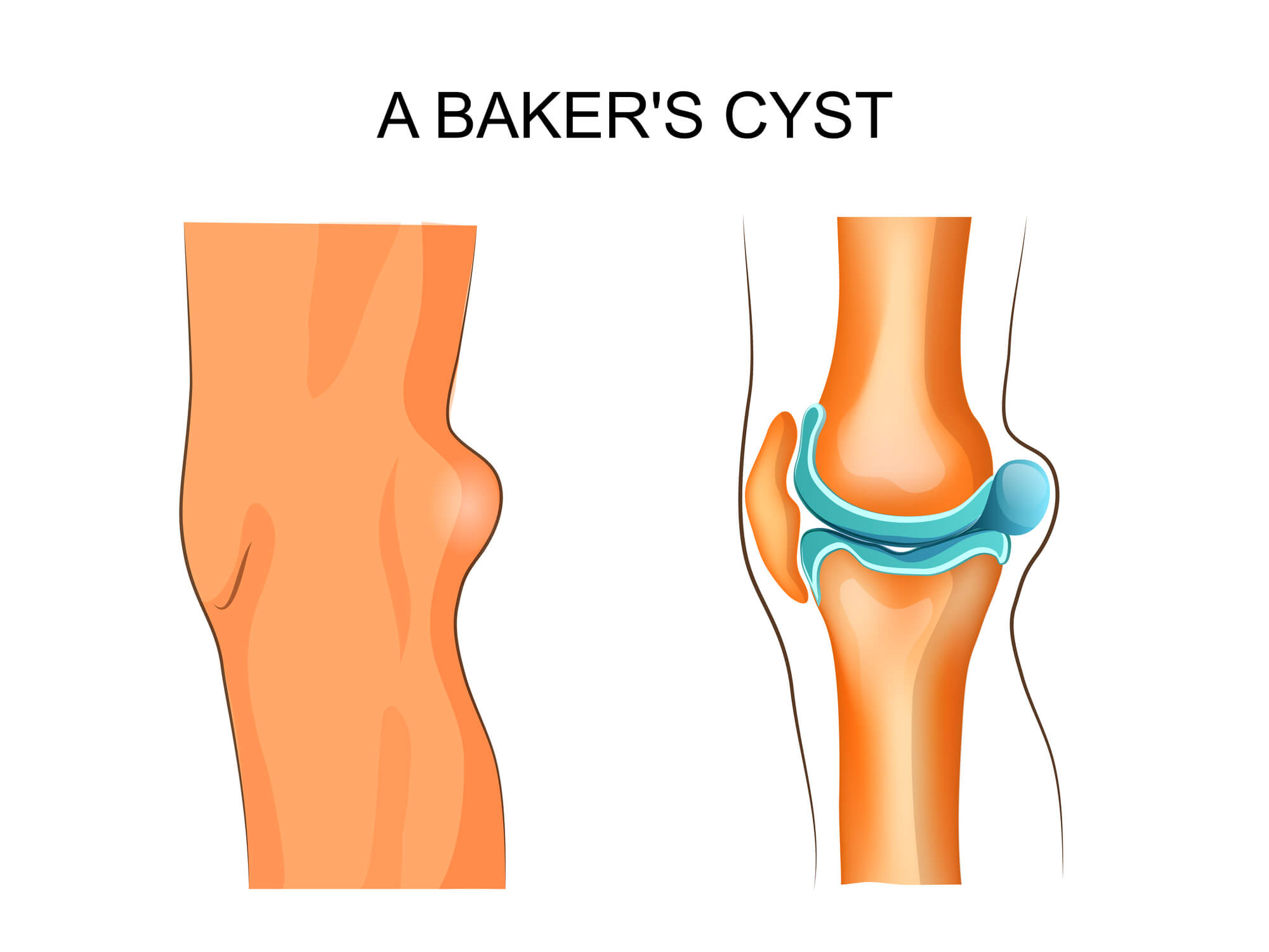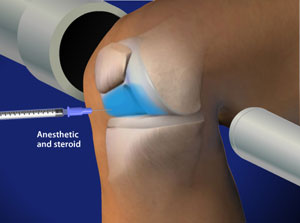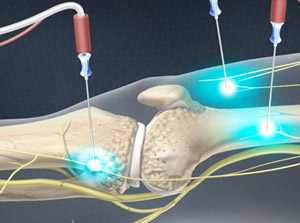Injuries
The knee joint is the largest joint in the human body. Three bones meet to form the knee hinge joint: thighbone (femur), shinbone (tibia) and kneecap (patella). The hinge joint allows the leg to extend and bend back and forth with minimal side-to-side motion. Articular cartilage covers the surfaces of the bones where the bones meet. Knee meniscus, two thick pads of cartilage on each side of the knee, act as shock absorbers, stabilize the knee, and facilitate motion.
Ligaments connect bones to other bones to hold them together and keep the knee stable. Tendons connect muscles to bones from the thighbone to the kneecap and from the kneecap to the shinbone. A bursa is a tiny, slippery, fluid-filled sac that reduces friction between the bones and soft tissues, muscles, and tendons.
The ligaments, tendons, and cartilage of the knee can be damaged while twisting, pivoting, and other movements not normally associated with every day activity or through sports injury. Additionally, knee degeneration can occur from osteoarthritis and other chronic conditions.
Tissue surrounding joints like the knee have poor blood supply. As such, injuries to these areas heal slowly and often incompletely because of insufficient cellular supply. Regenerative Medicine Orthobiologics applications of blood platelets or bone marrow aspirate utilize your own healing cells by applying the beneficial properties directly to damaged tissue to enhance repair and regeneration on a cellular level.
Knee injuries can include:
- Anterior Cruciate Ligament injuries (ACL) - A rapid change in direction or an improper landing on a jump may cause ACL tears. This is the most common sports injury in sports like soccer, football and basketball. Ligaments attach bones to bones and therefore when torn can cause significant joint instability. About half of all injuries to the anterior cruciate ligament occur along with damage to other structures in the knee, such as articular cartilage, meniscus, or other ligament.
- MCL: Medial Collateral Ligament sprain or injury - Injuries to the collateral ligaments are usually caused by a force that pushes the knee sideways. These are often contact injuries, but not always. Medial collateral ligament tears often occur as a result of a direct blow to the outside of the knee. This pushes the knee inward (toward the other knee).
- Meniscal (Cartilage) Tears - The meniscus can tear from acute trauma or as the result of degenerative changes that happen over time. Damage to the meniscus is often caused mainly due to contact sports. Sports-related meniscus injuries often occur along with other knee injuries, such as anterior cruciate ligament (ACL) tears.
- Tendon Tears - Tendons attached to the knee cap get stretched or torn. Tendons (which attach muscles to bones) from muscles that support the knee joint can get stretched or torn.
- Posterior Cruciate Ligament injuries (PCL) - A blow to the front of the knee while the knee is bent may cause PCL tears. This often occurs in motor vehicle crashes and sports-related contact. Posterior cruciate ligament tears tend to be partial tears with the potential to heal on their own.
- Osteoarthritis- (knee arthritis) Knee arthritis literally means "inflammation of the knee joint," most often as a result of cartilage in the joint wearing down to a degree where it no longer cushions the surfaces of bone which make up the joint. Damaged cartilage causes a roughened joint surface and may lead to bones rubbing directly together. This causes persistent pain, clicking, a catching sensation, and limited range of motion. Osteoarthritis or degenerative joint disease is the most common type of knee arthritis.
Trust Links:
https://orthoinfo.aaos.org/en/diseases--conditions/common-knee-injuries/
https://orthoinfo.aaos.org/en/diseases--conditions/anterior-cruciate-ligament-acl-injuries/


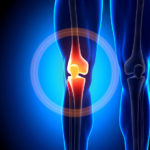 Arthritis
Arthritis 






























